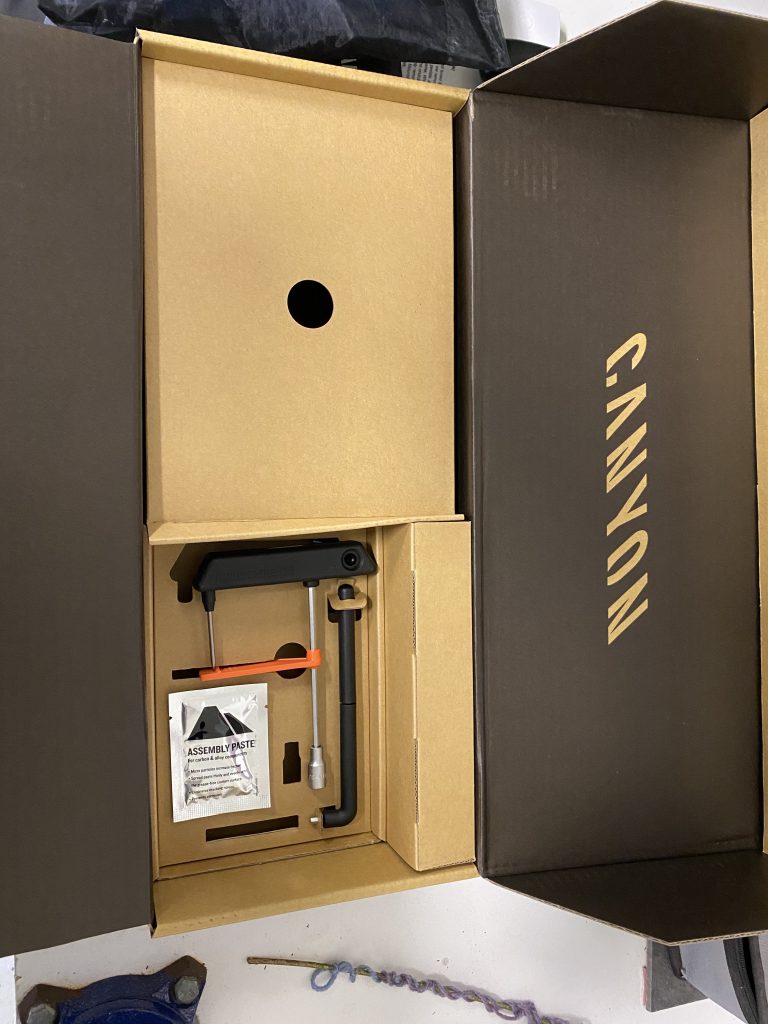This is the second blog post of a series around the enterprise mobility IT team at SAP. We are an internal team focused on managing mobile devices, applications, and developing custom apps for SAP’s 100,000 employees. I have been a part of this team for the past six years. I believe we have some unique stories, software, tools, and insights to help others in the community considering, or currently undertaking, some of the challenges which surround mobility and its adoption in the enterprise.
Introduction
Apps have been a cornerstone for deploying mobile devices at SAP, and like any symbiotic relationship, the success of one depends on the success of the other. Our employees have realized the benefits of simplicity, speed, and availability in consumer applications and the power of their mobile devices. They have brought that same expectation to the enterprise and expect that these same traits be available in their work lives and daily processes. This is often how our mobile projects are initiated. In my eyes, the employees who demand innovation are the unicorns of the enterprise – they are passionate, willing, and eager to buck the norm and innovate on processes, which could be decades old, but rife for improvement. read more




















You must be logged in to post a comment.